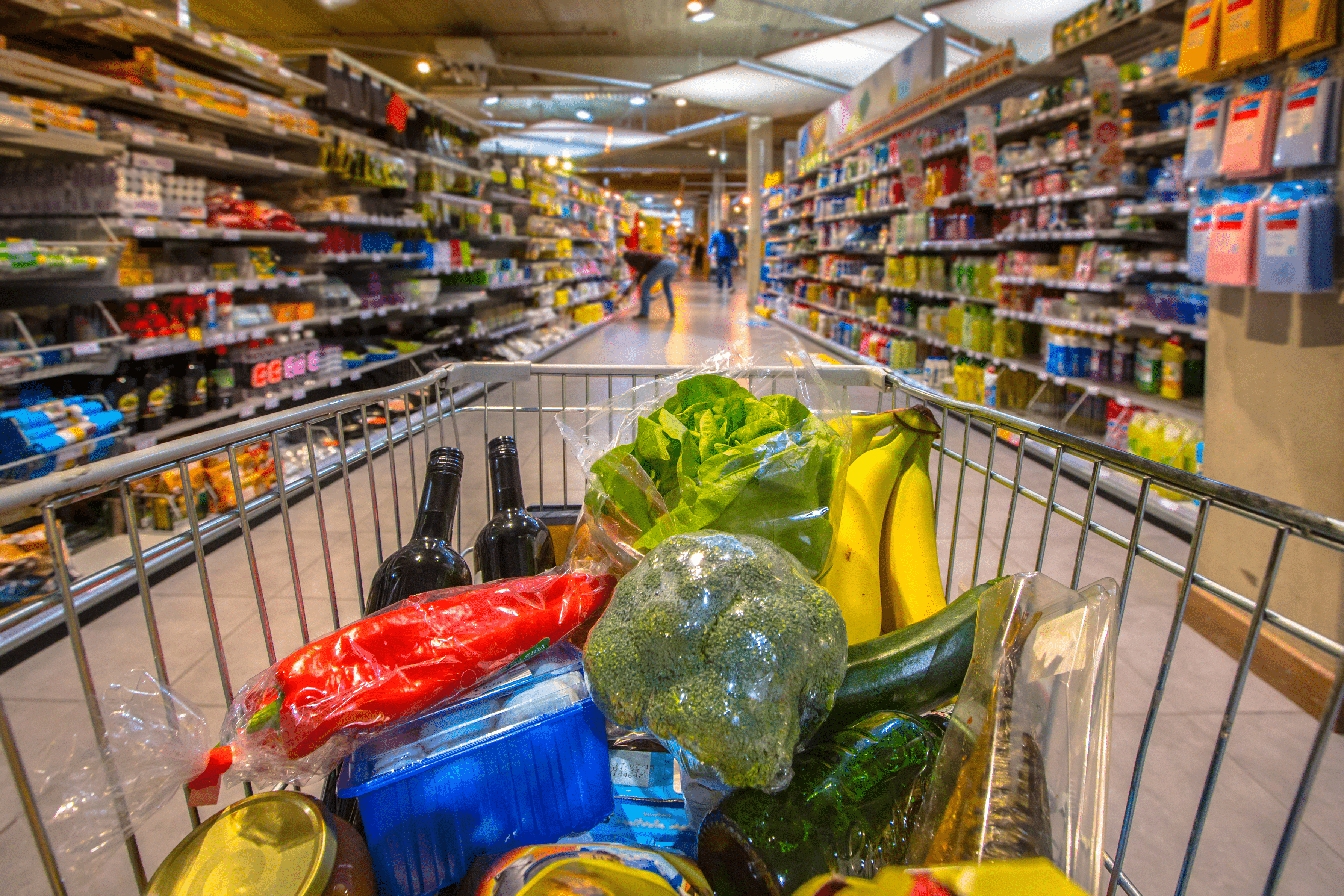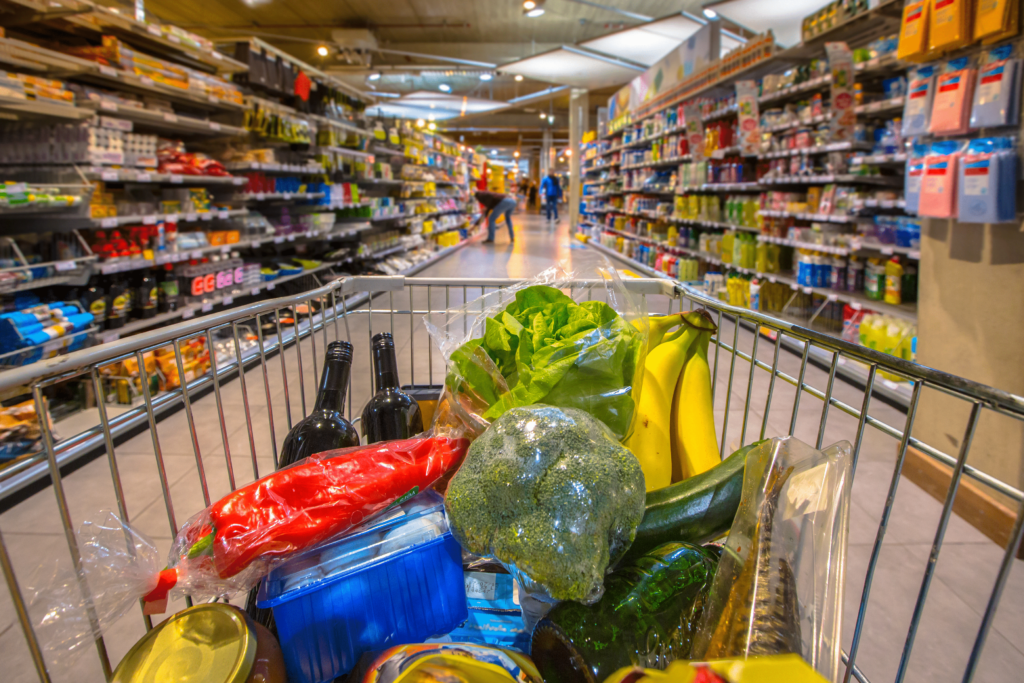Measuring the Impact of COVID-19: Grocery

In recent weeks, increasing numbers of individuals and businesses across the U.S. have begun to feel the effects of social distancing and shelter-in-place orders designed to stem the tide of COVID-19. While Intalytics’ primary concern is for the health and wellbeing of those directly affected by this illness as well as those on the frontlines working to combat it, we also remain committed to helping our clients navigate the unprecedented changes occurring to the economy and to consumer behaviors.
This blog post represents the first in a series of articles meant to help provide our business community with timely insights by leveraging contemporary mobile device data and our analytical expertise.
National Trends
The COVID-19-precipitated shift in consumer behavior is without peer in terms of its speed of impact. In a matter of weeks, various state and local shelter-in-place orders have left some businesses rushing to adapt to retain their customer base, with other businesses rushing to adapt to a surge in demand. The grocery sector is clearly in the latter group.
Intalytics studied mobile device data (what we commonly refer to as Massive Mobile Data – MMD for visitors to a selection of national grocery chains to provide answers to two key questions:
- What is the magnitude of the increase in demand, and is it consistent across size of market?
- Have there been changes to these grocery stores’ customer bases?
Note: for this study, we compared activity observed during the week of March 10 through March 16 to activity observed in the three preceding weeks (February 18 through March 9).
Demand Increase
The chart below shows the % change in visits at studied grocery stores compared to the prior week:

A few observations:
- Overall visits were up over 30% for the week ending March 16th as compared to the prior week. If the typical basket size has also increased, sales will have increased by an even higher percentage.
- While exurban and rural areas experienced the greatest percentage increase, all areas (urbanicities) studied exhibited similar trends.
- These shifts are likely driven by two factors, whose mix in future weeks will determine how long-lasting the demand increase (and associated supply/staffing needs) will be:
- Stocking up by consumers in anticipation of potential supply chain / product availability challenges.
- Shifts in consumer behavior to prepare a larger share of meals at home.
Customer Base
All things considered, the customer demographics and trade area draw for the grocery stores studied remained relatively consistent when comparing the week ending March 16th to the prior three weeks. This means that the observed increases in demand are largely being driven by the same customers and neighborhoods who already shopped that location (consumers prefer familiar shopping experiences).
Notice how little select distance and demographic patterns shift:

| Household Income | % of Week 1-3 Customers | % of Week 4 Customers |
| Under $10,000 | 5.7% | 5.7% |
| $10,000 – $25,000 | 13.7% | 13.6% |
| $25,000 – $34,999 | 9.5% | 9.5% |
| $35,000 – $49,999 | 13.2% | 13.3% |
| $50,000 – $69,999 | 15.5% | 15.6% |
| $70,000 – $99,999 | 16.7% | 16.7% |
| $100,000 – $124,999 | 9.3% | 9.3% |
| $125,000 – $149,999 | 5.7% | 5.7% |
| $150,000 – $199,999 | 6.7% | 6.7% |
| $200,000 – $249,999 | 2.2% | 2.2% |
| $250,000 – $499,999 | 0.9% | 0.9% |
| $500,000+ | 0.8% | 0.8% |
In a forthcoming follow-up analysis, Intalytics will dive deeper into grocery-related consumer patterns in select geographic markets nationally. Future posts will also look at consumer activity trends in other sectors, including big-box retail, restaurants, and healthcare.
From our families to yours, we wish you the best as we collectively tackle COVID-19.
Related News
Carousel items












